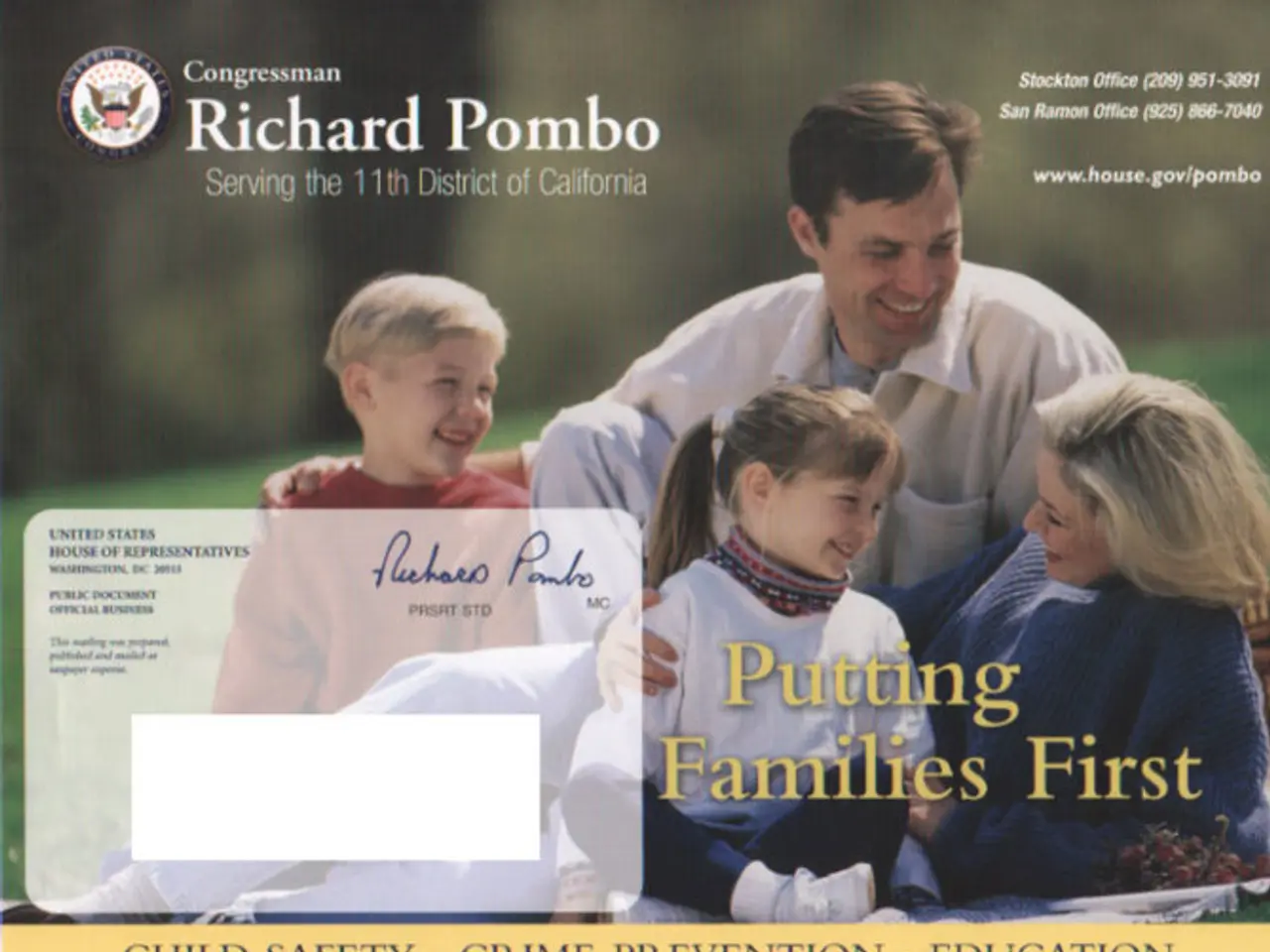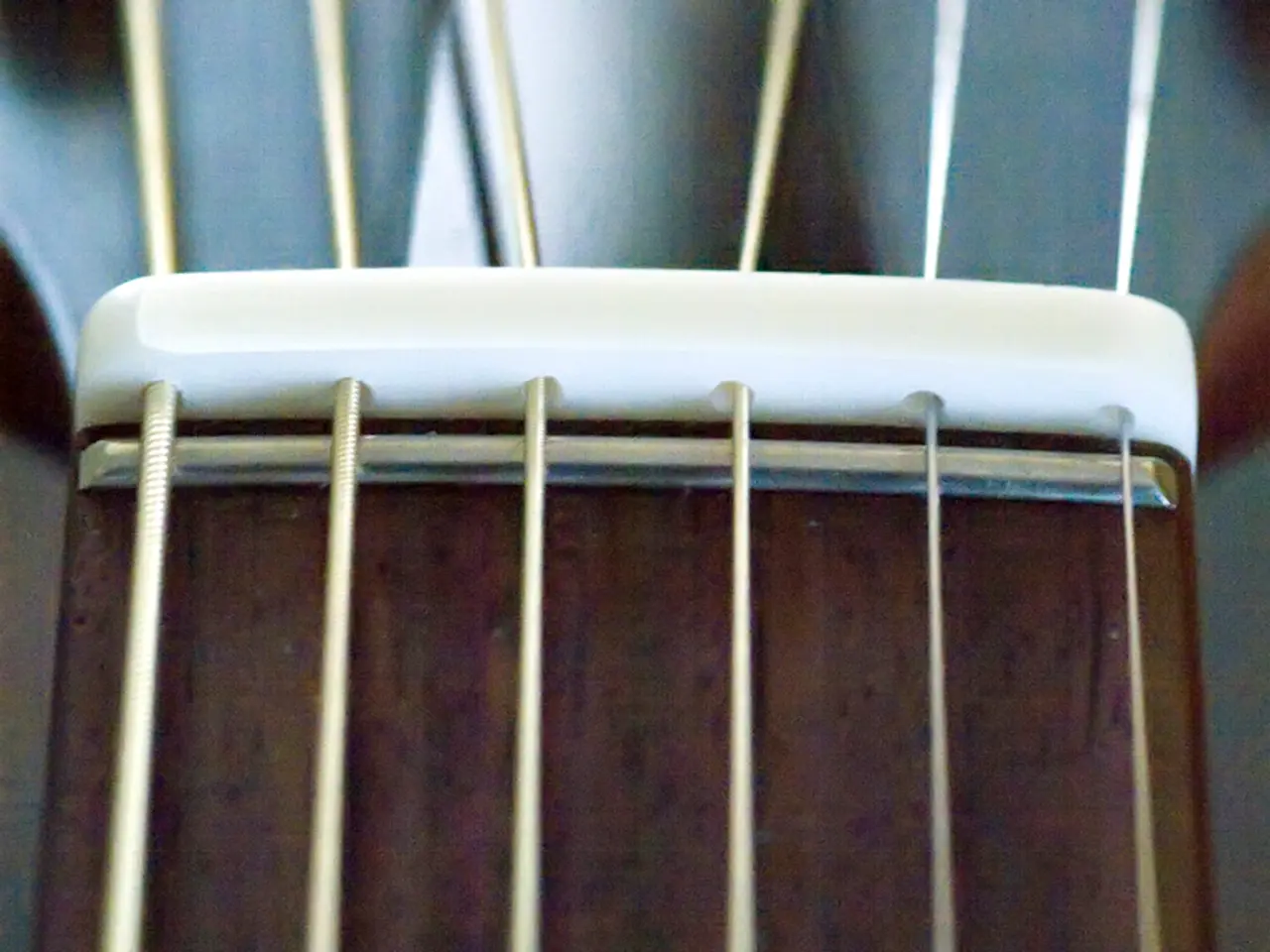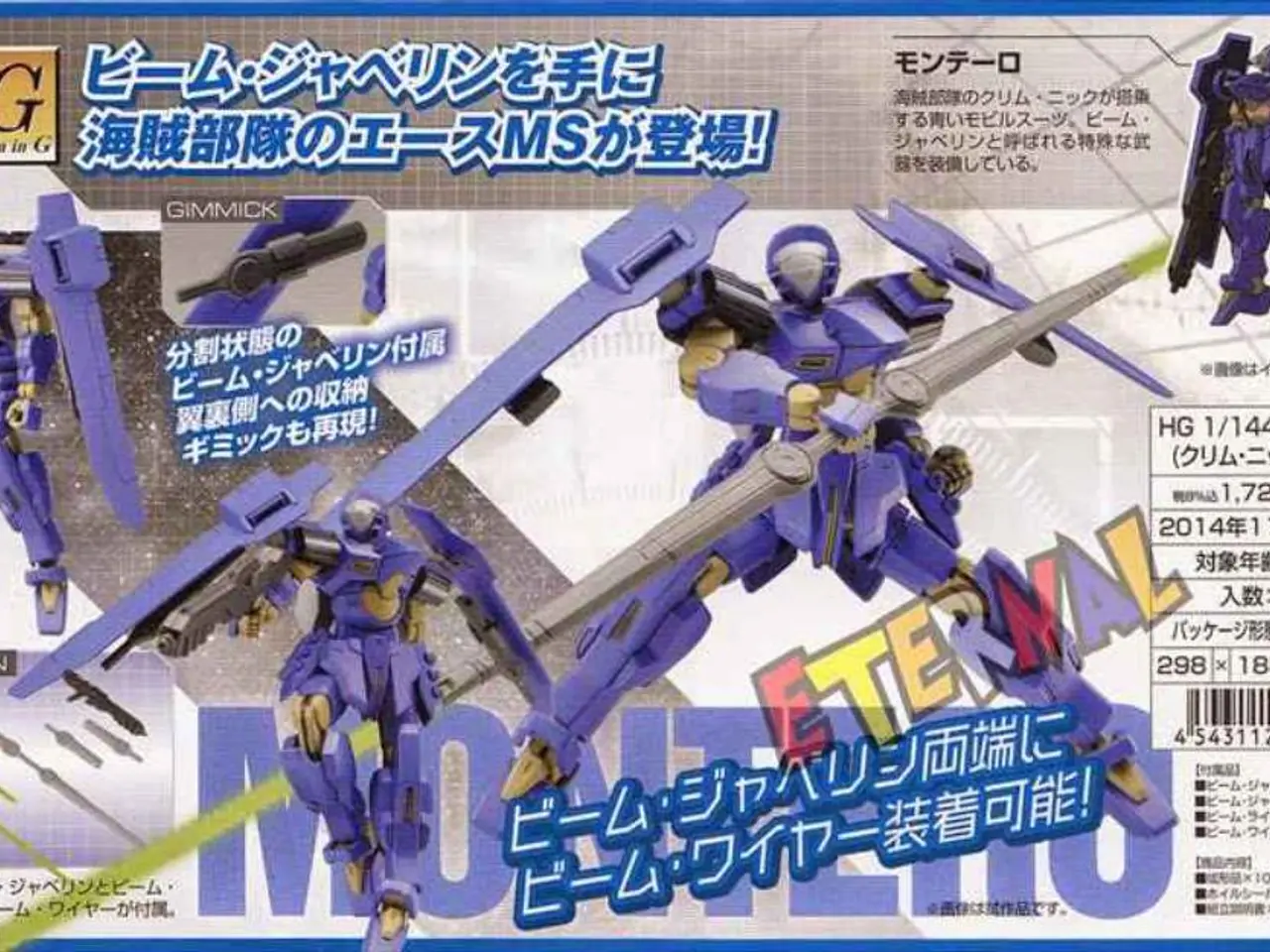The Design Procedure for Visual Artistry
In the world of graphic design, effective visual solutions are born from a harmonious collaboration between clients and designers. Here's a breakdown of the roles and responsibilities that each party plays to ensure a successful outcome.
As a client, your primary responsibility is to provide clear project requirements and goals. This includes communicating the purpose, target audience, brand identity, budget, and any specific preferences or constraints to the designer. Regular interaction with the designer throughout the project ensures smooth workflow and effective problem-solving. Offering timely feedback and approvals is also essential, as it helps refine the work while ensuring alignment with your vision and brand standards. Ultimately, you will make the final decisions and approve the designs for launch or production.
On the other hand, the graphic designer acts as the creative expert, producer, and technical executor of the visual communication solution. After receiving initial information, the designer researches the client's brand, industry, competitors, and target audience to create an appropriate and impactful design strategy. The designer then generates creative ideas and concepts, crafting logos, digital graphics, advertisements, websites, packaging, social media posts, and other visual materials that communicate the client’s branding effectively.
The designer ensures consistency, clarity, and timeliness in the visuals, maintaining high quality and professionalism in all outputs. As the project progresses, the designer incorporates client input into successive drafts, improving the work until it meets client expectations and objectives. Collaboration with other teams or stakeholders may be necessary for larger projects to manage workload and project delivery.
Our website ensures clear communication and professionalism throughout the graphic design process. It provides an all-in-one platform for communication and proofing tools, making it easier for clients to submit their graphic design briefs and for designers to review them. When submitting a design brief, be specific about what you want while still leaving room for a designer's creativity to shine.
When giving feedback, use tools to visualize issues, provide examples when needed, and avoid criticism. The initial communication involves submitting the graphic design brief to the chosen graphic designer for review. The time taken to create a design draft varies depending on the designer's availability. If working with a freelance graphic designer, it's important to agree on a platform for discussing project details.
The revision process can take time depending on the volume of edits necessary. Clients review the revised designs to ensure the designer has followed their feedback. Designers render designs into different file types to ensure accessibility in multiple applications, such as JPG (for web), PNG (for print), PDF (for print), PSD (Photoshop file), AI (Adobe Illustrator file), SVG (for web), GIF (for animated files).
Partnering with the best graphic design provider ensures you get your desired design, as some freelancers and graphic design agencies specialize in design styles or niches, while graphic design services work with various industries. By understanding and respecting each other's roles and responsibilities, clients and designers can work together to create visually stunning and effective designs that help businesses stand out in the competitive marketplace.
As a client, you may need to make timely revisions to social media posts that the graphic designer creates, ensuring alignment with your brand's lifestyle and message. Meanwhile, the graphic designer modernizes the design strategy by integrating technology, such as creating graphic elements for websites and digital advertisements.




